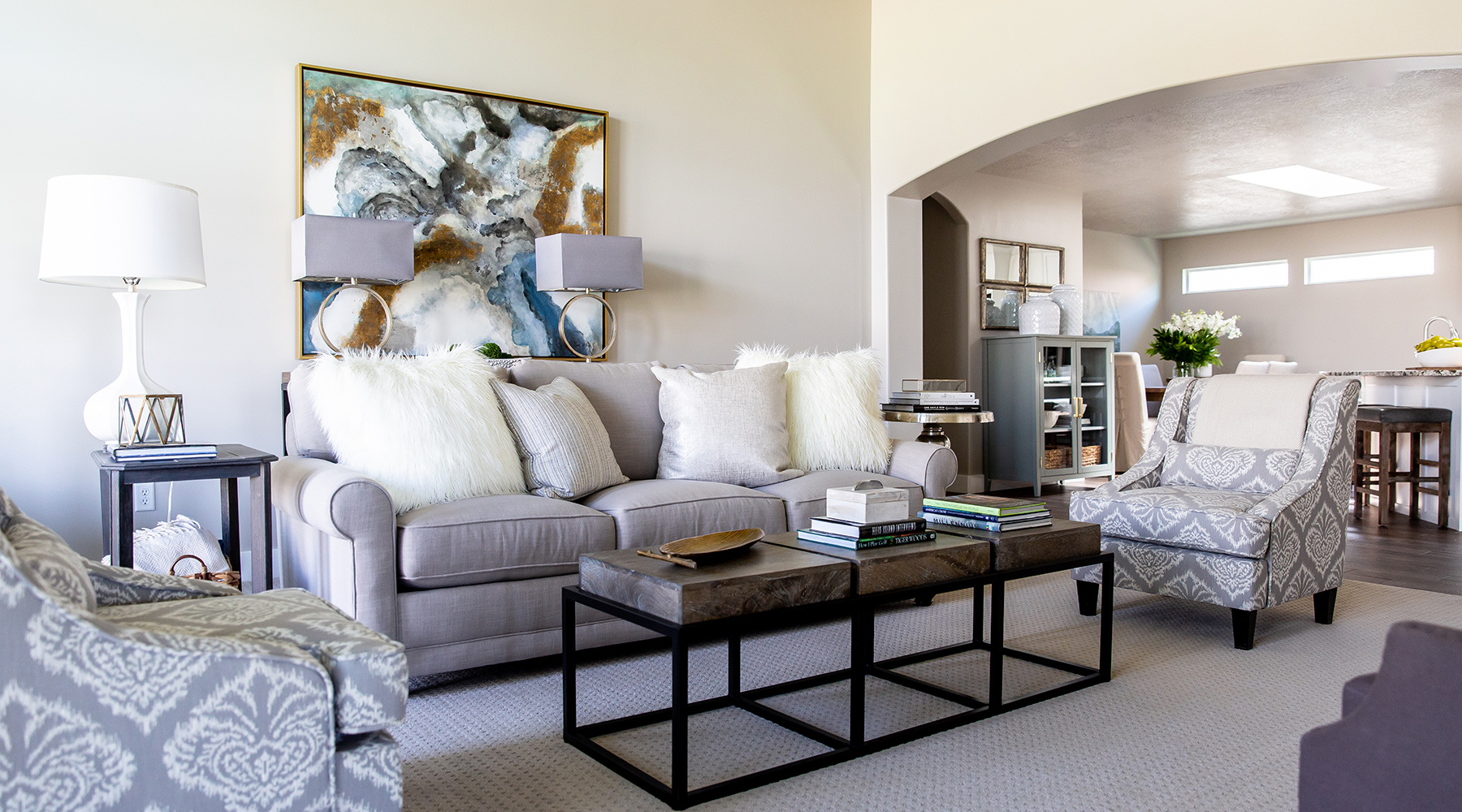In the symphony of creating a harmonious living space, interior design stands as the conductor orchestrating elements that define a home’s ambiance. The quest for good interior design transcends mere aesthetics; it involves a profound understanding of functionality, personal preferences, and the seamless integration of form and function. This exploration delves into the art of finding exceptional interior home design that not only captivates the eyes but also resonates with the soul.

Defining Good Interior Design: Beyond Aesthetics
Good interior design goes beyond the superficial allure of aesthetics; it embodies a thoughtful curation of elements that enhance the overall living experience. It is about creating spaces that not only look visually appealing but also contribute to the well-being and comfort of the occupants. The fusion of style, functionality, and personal expression forms the cornerstone of what defines exceptional interior design.
Understanding Personal Style: The First Step in Exploration
Embarking on the journey of discovering good interior design necessitates a deep understanding of personal style. Whether drawn to minimalist elegance, vibrant eclecticism, or timeless classics, homeowners must introspect and identify the design aesthetics that resonate with their preferences. This self-awareness becomes the guiding light, steering the exploration towards design elements that align with individual tastes.
Navigating Design Principles: The Art and Science of Harmony
Balance and Proportion: Achieving Visual Equilibrium
Good interior design adheres to the principles of balance and proportion, creating a visual equilibrium that is both pleasing and functional. Balancing elements such as color, texture, and furniture placement contributes to a harmonious space. Proportion ensures that the size and scale of furnishings and decor items align with the overall dimensions of the room, fostering a sense of coherence.
Color Psychology: Harnessing the Power of Hues
Colors play a pivotal role in shaping the mood and atmosphere of a space. Good interior design considers color psychology, selecting hues that evoke desired emotions and complement the purpose of each room. Whether opting for calming neutrals, energizing accents, or bold statements, the strategic use of color enhances the overall aesthetic and emotional impact of the interior.
Functional Flourish: A Marriage of Form and Utility
Space Optimization: Crafting Practical Layouts
Exceptional interior design is adept at maximizing the utility of available space. Thoughtful layout planning considers traffic flow, furniture arrangement, and the inherent functionality of each room. Whether working with compact apartments or spacious homes, effective space optimization ensures that every inch serves a purpose without compromising on aesthetics.
Furniture Selection: Melding Comfort with Style
The choice of furniture is a pivotal aspect of good interior design. Beyond visual appeal, the selection of furniture involves considerations of comfort, durability, and functionality. Well-crafted pieces that align with the overall design theme contribute to the seamless blend of form and utility, creating spaces that are both inviting and practical.
Personal Touch: Infusing Character into Design Elements
Personalized Decor: Curating a Narrative
Good interior design reflects the personality and stories of the occupants. Infusing personal touches through curated decor items, family heirlooms, or custom artworks adds layers of meaning to the design. These personalized elements create a narrative that transforms a house into a home, making the interior uniquely reflective of the individuals who inhabit the space.
Natural Elements: Bringing the Outdoors In
The integration of natural elements enhances the appeal of interior spaces. Whether through indoor plants, natural materials like wood and stone, or ample natural light, the infusion of the outdoors fosters a connection with nature. This biophilic approach not only adds aesthetic charm but also contributes to a sense of well-being and tranquility within the home.
Technology Integration: A Modern Dimension to Design
Smart Home Innovations: Merging Convenience with Design
The contemporary landscape of good interior design embraces technology as an integral component. Smart home innovations, from automated lighting systems to integrated home security, offer both convenience and a futuristic aesthetic. Seamlessly integrating technology into the design ensures a modern and efficient living environment.
Innovative Materials: Pushing Design Boundaries
Advancements in material science introduce innovative possibilities for interior design. From sustainable materials to high-tech surfaces, the exploration of new materials allows designers to push boundaries and create spaces that are not only aesthetically striking but also environmentally conscious.
Conclusion: Crafting Homes of Enduring Beauty and Functionality
In the pursuit of good interior design, homeowners embark on a journey of self-discovery and aesthetic exploration. The interplay of personal style, design principles, functional considerations, and innovative elements culminates in spaces that transcend the ordinary. Exceptional interior design is not merely about creating visually appealing environments; it is about crafting homes that resonate with the essence of those who inhabit them, embodying a perfect harmony of beauty and functionality.